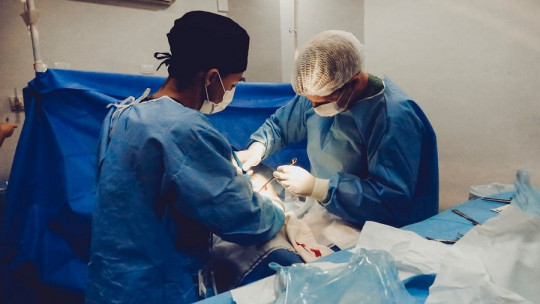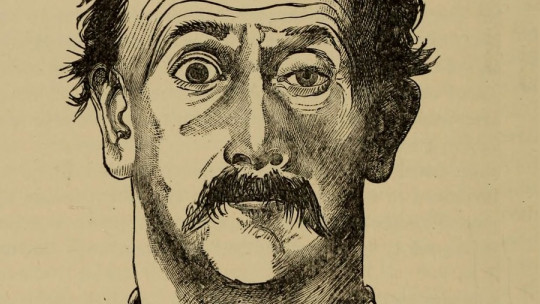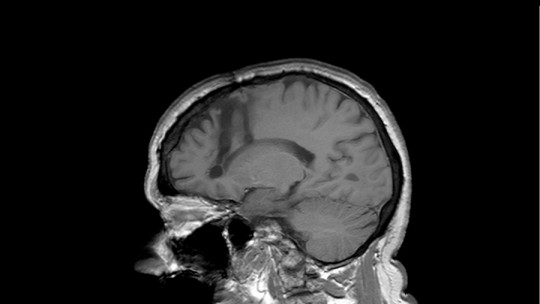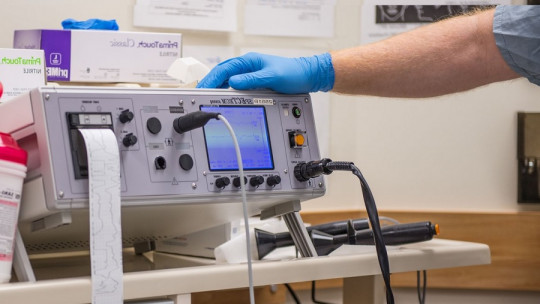Anesthesia is a fundamental technique for all surgical interventions. The world of modern medicine and, especially, that of surgery, would be unthinkable if the different types of anesthesia that are used today did not exist, both for mild interventions such as a dental filling and for more complex ones, such as a by- gastric pass.
Anesthesiologists use different methods to ensure that the patient does not feel pain while undergoing surgery. Let’s see what the main types of anesthesia are and what they are used for
The main types of anesthesia (classified)
Many people, when they hear the word anesthesia, the first thing they think of is a numbing substance, capable of making the person to whom it has been administered lose consciousness. This idea is partly true, but it should be said that anesthesia refers to the set of techniques and technologies used to prevent pain in the patient both during open heart surgery and to reduce the discomfort they may have in their daily life. like itchy eyes or a bad throat.
Anesthetic substances may be administered by injection, inhalation, topical lotion, sprays, skin patches, or eye drops and its main objective is to cause a loss of sensitivity, whether in a specific area or throughout the body.
In the latter case, the usual thing is that the patient not only does not feel pain in any part of his body, but also loses consciousness.
The type of anesthesia that will be used will depend on different factors, among which we highlight:

Let’s see what the main types of anesthesia are.
1. Local anesthesia
Local anesthesia is a type of medication that only acts on a small part of the body, applying an anesthetic drug to it to prevent pain It can be topical anesthesia if the drug is applied in drops (eyes), spray (throat) or paste (skin), or infiltrations if it is injected with a syringe and needle in the area to be operated on.
The duration of the effects of the local anesthetic will depend on several factors, including:
As a rule, The effects of a local anesthetic usually last between half an hour and two hours
2. Regional anesthesia
regional anesthesia affects a larger area compared to local anesthesia In this case, it involves applying an anesthetic drug that makes a specific region, such as an arm, leg, or lower half of the body, numb.
Depending on which area is going to be treated, different techniques can be used:
2.1. Truncular and plexus anesthesia
If the intervention is on any part of an upper limb, such as a shoulder, hand or elbow, or a lower limb, such as a hip, foot or knee, There are two options: trunk and plexus
The difference between truncal anesthesia and plexus anesthesia is that in the former, the anesthetic is injected into one nerve, while in the latter, the anesthetic is injected into several involved nerves.
2.2. Spinal and epidural anesthesia
Another regional anesthesia technique used by anesthesiologists It consists of puncturing the back and injecting the anesthetic in the area near the spinal column where nerves enter the spinal cord to send pain sensations to the brain.
Using this technique the transmission of these sensations is blocked and the person does not have the sensation of pain. Within this modality we find two variants.
Using spinal or intrathecal anesthesia, the needle passes through the dura mater, which is the protective covering of the spinal cord , and the anesthetic is injected into the space through which the cerebrospinal fluid (CSF) circulates. This substance bathes and protects the spinal cord and if substances dissolved in them are found, such as anesthesia, it takes them to the central nervous system.
On the other hand, In the epidural anesthesia technique the needle does not pass through the dura mater In this case, the anesthetic substance remains in the entry area of the spinal nerves, on the outside of the dura mater. A catheter is usually introduced that allows the continuous administration of the anesthetic, this technique being used in childbirth and in the control of postoperative pain.
In all regional anesthesia techniques, also known as locoregional anesthetic modalities, the patient is awake while undergoing the intervention. However, you do not feel pain during the process since you are under the effects of anesthesia, which will have been injected into one or another region of your body that will be treated surgically.
3. General anesthesia
When general anesthesia is given, the person who has been injected You will have a total lack of sensitivity throughout your body temporarily, also accompanied by loss of consciousness This type of procedure is applied in complex interventions, in which it will be necessary to open the patient’s canal or it will be operated on in several parts simultaneously.
Since general anesthesia implies that the patient falls asleep in an induced manner, many patients who have to undergo surgery are afraid of this procedure. Anesthesia is generally safe, but it does pose certain risks, especially in the case of general anesthesia. Among the problems that this type of technique brings with it we have:
A striking symptom is delirium after general anesthesia This is a condition in which the patient is confused, not knowing what is happening around him.
This type of delirium occurs especially in patients over 60 years of age who have just undergone surgery and show signs of confusion for several days after the operation. It can also occur in children when they first wake up from anesthesia.
Another problem related to anesthesia is exactly what it is intended to avoid: being conscious during the process Some people can hear sounds while undergoing surgery and others, unfortunately, may feel pain during the procedure. Although they are rare situations, experiencing them is not pleasant at all.
Whatever the case, knowing what we are facing before undergoing surgery will help us to be calmer, and that is why below we mention the different phases of general anesthesia.
3.1. Induction
At induction the anesthesiologist administers the anesthetic medication to achieve hypnosis, analgesia, amnesia and relaxation
As we have mentioned, in general anesthesia consciousness is completely lost, a phenomenon called hypnosis and could be defined as being in a kind of pharmacologically induced coma. However, hypnosis does not mean that you do not feel pain, which is why it is necessary to also administer some type of pain reliever, usually derived from morphine.
Relaxation is induced by muscle relaxants which are usually applied when the surgical intervention requires that the patient’s muscles be relaxed or a tube has to be placed inside the trachea to ensure that the person being operated on can continue breathing while being operated on.
During this entire phase, the anesthesiology team monitors the patient’s vital signs to make sure everything is going well It basically consists of checking that the patient is still alive and does not have any crisis, evaluating oxygenation, ventilation and body temperature among other parameters. To do this, sensors are placed on the patient’s body that connect with monitors that analyze their physiological signals.
- You may be interested: “The 7 types of sedatives (and their characteristics)”
3.2. Maintenance
Once the induction phase has finished, the maintenance phase comes. In this The necessary drugs continue to be administered so that the operation can be carried out safely
This administration of anesthetic medications can be done through a venous route, which is called TIVA (total intravenous anesthesia), or also through an inhaled route in which the drugs are applied through the device used. ventilating the patient. The combination of both anesthetic techniques is called balanced anesthesia.
3.3. Wake up
Once the intervention has finished, the anesthesiologist team wakes up the patient To achieve this, first the supply of inhalation drugs is cut off and, if necessary, anesthetic antagonists are administered, substances that therefore, instead of making the patient sleepy, wake him up.
Once the patient has recovered an adequate level of consciousness, the devices that have been used to control ventilation are removed and he is transferred to the Resuscitation Unit, where his vital signs will continue to be monitored until he has fully recovered his consciousness and functions.









